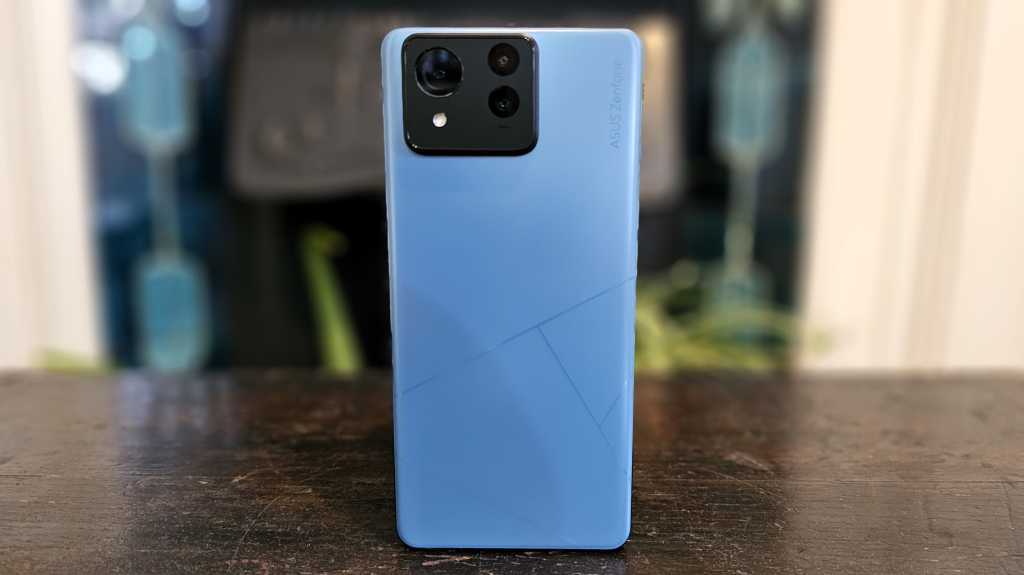Expert’s Rating
Pros
- Superb performance
- Gorgeous 6.78-inch display
- Strong battery life
- Premium design
Cons
- Not the best cameras
- Only two OS updates
- Big and bulky
Our Verdict
The Zenfone 11 Ultra is a great all-rounder that undercuts Asus’ similar ROG Phone 8 Pro in price. Though there’s lots to like, the Ultra gives no clear reason to buy it over rivals, especially with limited software support.
Price When Reviewed
$899.99
Best Prices Today: Asus Zenfone 11 Ultra
In recent years, Asus’ Zenfone line has become synonymous with small phones.
The Zenfone 10 remains one of the best compact devices you can buy, with its 5.9-inch screen bucking the ongoing trend for huge handsets.
However, the Zenfone 11 Ultra couldn’t be more different if it tried. Its 6.78-inch display is in line with many flagships, as is the £869.99/$899.99 starting price.
On paper, the device has more in common with the ROG Phone 8 Pro, Asus’ gaming smartphone which has ditched the gamer-focused design for something much more mainstream.
It’s not clear if a regular Zenfone 11 model will ever be released. So, is the Zenfone 11 Ultra worth buying? I spent a week using it as my main phone to find out.
Design & Build
- Large, premium phone
- IP68 and Gorilla Glass Victus 2
- 3.5mm headphone jack
The Zenfone 11 Ultra is a phone that Asus wants to stand out from the crowd, and that starts with the design.
From the back, it looks quite different to any other smartphone – including the Zenfone 10. That phone’s circular camera islands are gone, replaced by a single square module. I think the camera bump looks ugly and sticks out from the back of the phone too far, but you can’t argue it’s not distinctive.
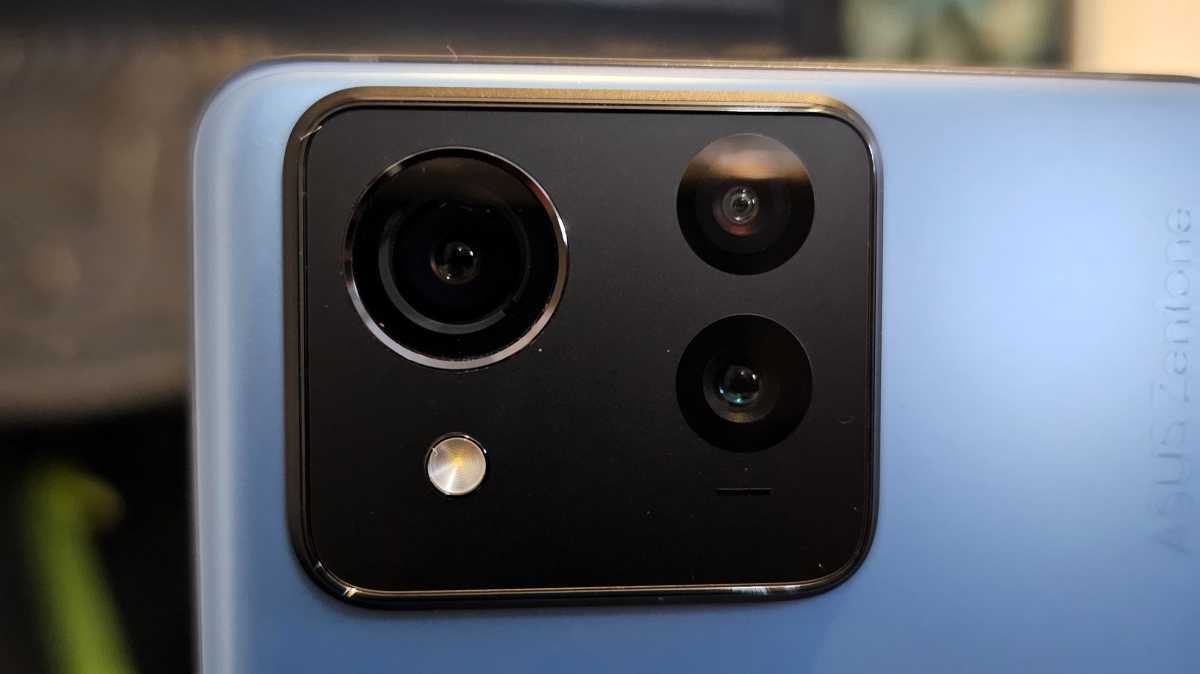
Anyron Copeman / Foundry
Fortunately, the rest of the back of the phone is much more attractive. The glass here has a matt coating, meaning it shimmers in the light without becoming a mirror or showing fingerprint smudges.
I really like how the Skyline Blue version I tested looks in person, though you may prefer Eternal Black, the other version available in the UK. Misty Grey and Desert Sand finishes are only on sale in other markets.
Regardless of the colour you choose, the subtle angular pattern on the back of the phone will catch your eye. It adds an interesting element to an otherwise plain design, yet doesn’t look garish in the way earlier ROG phones did.
The camera bump looks ugly and sticks out from the back of the phone too far, but you can’t argue it’s not distinctive
Unfortunately, I’d recommend you cover it with the case included in the box. The Zenfone 11 Ultra is simply too slippery to use case-free, to the extent that I was often worried about it falling out of my pocket or off a table. The extra grip is much needed.
You may be fine to risk it as the Zenfone 11 Ultra feels strong and robust, while the tough Gorilla Glass Victus 2 on the display means I’d be confident in it surviving any drops unscathed. You also get a flagship-level IP68 rating, meaning it’s fully protected against dust and can be submerged in up to 1.5m of water for 30 minutes.
The front and sides of the phone are a lot less interesting, though you do get one notable feature at the bottom: a 3.5mm headphone jack. This is almost unheard of on a flagship phone in 2024, but having the option to connect wired headphones will never be a bad thing.
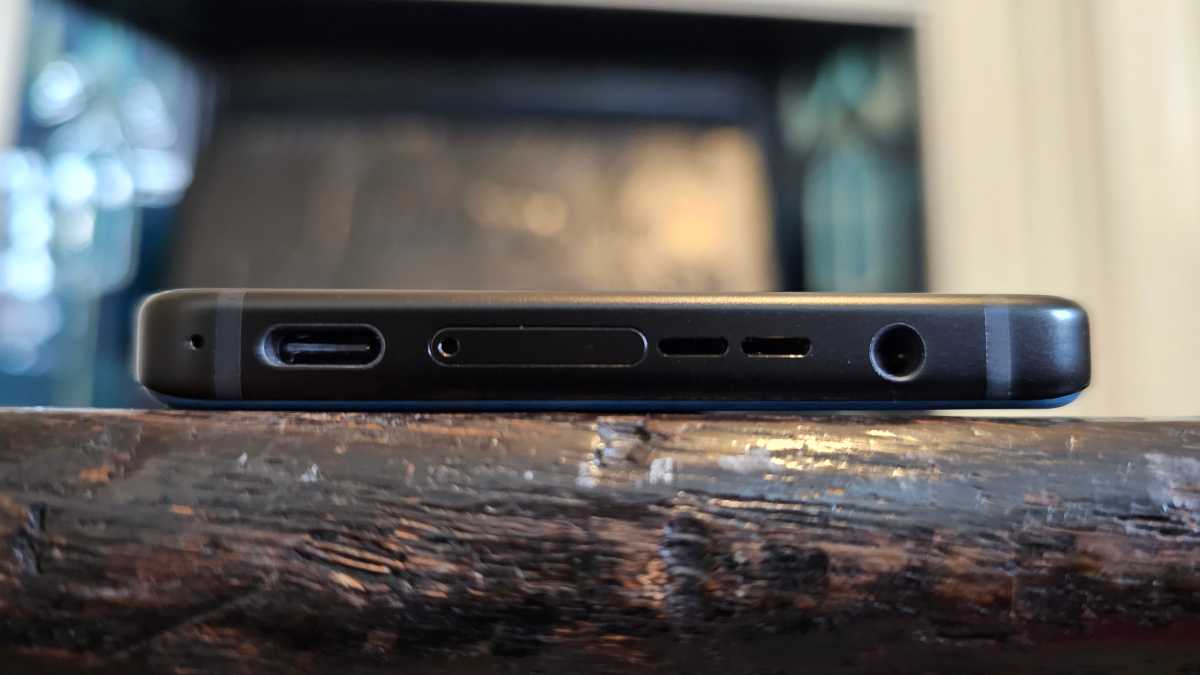
Anyron Copeman / Foundry
However, there’s no doubting the fact that the Zenfone 11 Ultra is a big phone. It measures 163.8 x 76.8 x 8.9mm, and feels bulky and cumbersome to use at times.
At 224.4g, it’s also one of the heaviest non-foldable smartphones around. That’s right in line with the iPhone 15 Pro Max (221g), though still lighter than the Samsung Galaxy S24 Ultra (233g).
It’s also worth mentioning the Zenfone 11 Ultra’s vibration motor, which delivers subtle yet detailed haptic feedback for everything from calls and notifications to typing and gaming. The S24 Ultra is still the gold standard in this area, but the Zenfone isn’t far behind.
Screen & Speakers
- 6.78-inch OLED screen
- 144Hz refresh rate
- Dual stereo speakers
If you’ve used a recent Zenfone, the 11 Ultra’s display will come as a big shock.
Its 6.78-inch panel is much larger than the 5.9-inch one on the Zenfone 10, and one of the biggest screens you’ll find on any phone.
Asus has put that size to good use as the Zenfone 11 Ultra has one of the finest displays of any smartphone. It’s a gorgeous 144Hz OLED, with LTPO tech allowing it to automatically drop all the way to 1Hz, helping to conserve battery life without compromising silky-smooth visuals.
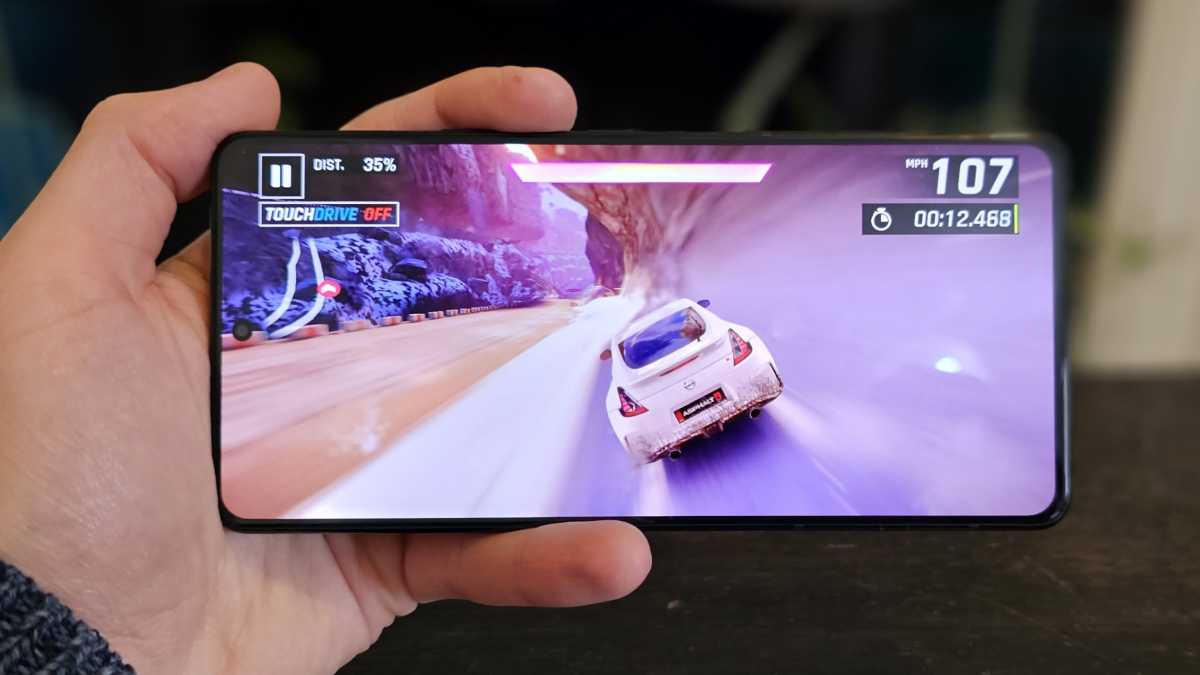
Anyron Copeman / Foundry
However, it’s worth noting that the maximum refresh rate is only available while gaming. For regular usage, you’re limited to 120Hz, though it still makes a big difference while scrolling websites or using social media apps. Everything feels incredibly responsive, with basically no delay between you touching the screen and it responding.
A 2.4K (2400×1080) resolution is nothing special, but all content still looks clear and crisp. Visibility is also excellent – Asus claims 2500 nits of max brightness, but even the 800 nits I recorded with autobrightness off makes it easy to use outside on a bright sunny day.
Within the display is an optical fingerprint scanner, and it’s one of the best I’ve tried. After a 30-second setup, it consistently unlocked the device quickly, with no failed attempts unless my finger was wet.
The Zenfone 11 Ultra’s display is surrounded by an impressively slim bezel, meaning 94% of the entire front panel is screen. It makes watching videos on the device feel very immersive.
The Zenfone 11 Ultra has one of the finest displays of any smartphone
The speakers also contribute to this. There’s a dual stereo setup here, with the usual combination of downward-firing grille and earpiece.
Audio is impressively punchy, with great clarity and an impressive depth to the sound. As is so often the case on smartphones, bass is lacking, but they’re plenty good enough for casual listening.
Of course, if you’re serious about sound quality, you can connect headphones or a speaker via Bluetooth or the 3.5mm jack.
Specs & Performance
- Snapdragon 8 Gen 3 chipset
- 12/16GB RAM
- 256/512GB storage
Like most Android flagships in 2024, the Zenfone 11 Ultra is powered by the Snapdragon 8 Gen 3. It’s Qualcomm’s most powerful mobile chipset at the time of writing, and it shows. On the model with 16GB of RAM I tested, performance was simply superb.
My typical daily usage involves web browsing, lots of messages and emails and a few YouTube videos, none of which pushed the phone anywhere close to its limits. If you’re someone who likes to do a lot of multitasking, the combination of a large display and great performance makes the Zenfone 11 Ultra an ideal candidate.
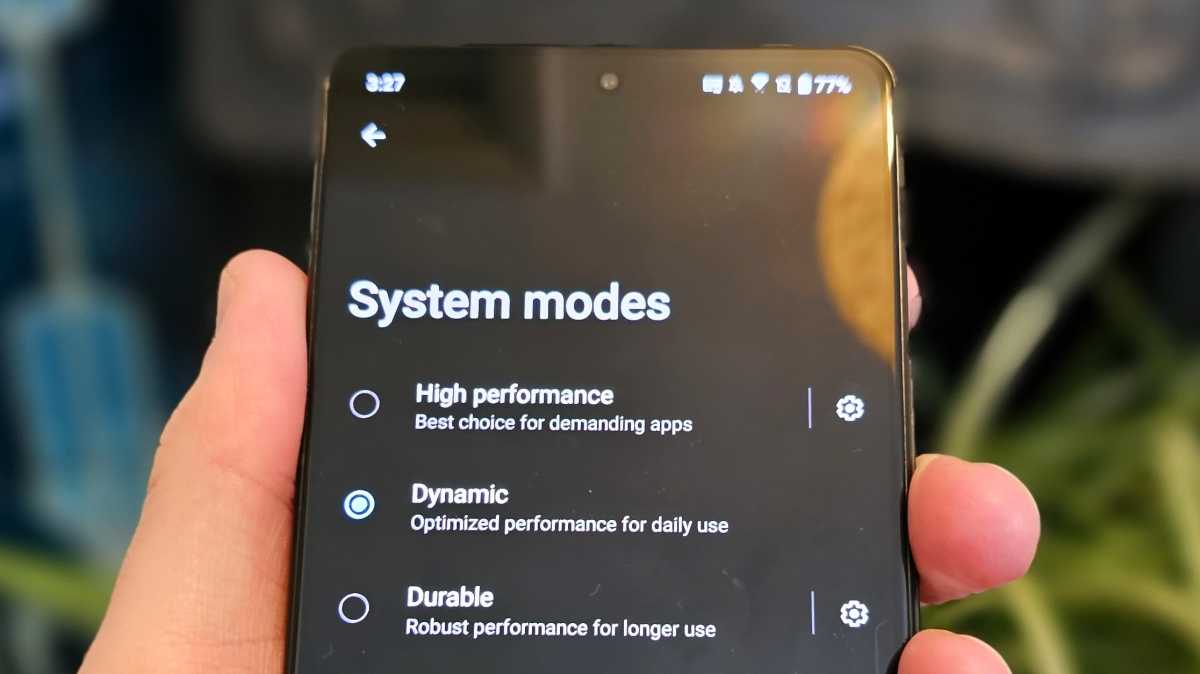
Anyron Copeman / Foundry
Gaming provides more of a challenge for many phones, but not this one. While Call of Duty: Mobile, PUBG Mobile, EA Sports FC Mobile and Asphalt 9: Legends are considered some of the most demanding games on the Google Play Store, you wouldn’t know it from playing them on the Zenfone 11 Ultra.
You can expect a top-tier mobile gaming experience, with no lag or noticeable dropped frames. The large, responsive display makes it feel more immersive, even if very few games can take advantage of the full 144Hz refresh rate.
You can expect a top-tier mobile gaming experience, with no lag or noticeable dropped frames
Importantly, the back of the phone only gets slightly warm to the touch while playing, and never becomes uncomfortably hot, even without a cooling fan available on some gaming phones. Asus has clearly got a very effective passive cooling system here.
While all my observations apply to the model with 16GB of RAM, I’d be shocked if it was noticeably worse on the 12GB version.
Asus Zenfone 11 Ultra benchmarks
In terms of on-device storage, you can choose between 256- and 512GB. Either should be plenty for most people, but it’s worth noting that there’s no support for expandable storage and around 17GB is taken by non-removable system files.
As you probably guessed, the Zenfone 11 Ultra supports 5G. It’s joined by Wi-Fi 7 and Bluetooth 5.4, both of which are the very latest standards, alongside NFC and dual-SIM support.
Cameras
- 50Mp main lens
- 32Mp 3x telephoto
- 13Mp ultrawide
- 32Mp selfie camera
The Zenfone boasts a total of four camera lenses: 50Mp main, 32Mp telephoto, 13Mp ultrawide and 32Mp selfie.
From a hardware perspective, it’s identical to the ROG Phone 8 Pro, Asus’ 2024 gaming phone. Pretty much everything we said about the cameras there applies to the 11 Ultra.
To summarise, camera performance is much better than your average gaming phone. It’s also a notable improvement over the Zenfone 10, which didn’t even have a telephoto lens. But photography still falls well short of the best camera phones, which is harder to ignore when the 11 Ultra is priced like a flagship.
You can take some really excellent photos using the Zenfone 11 Ultra – just not consistently
In good lighting, the 50Mp main lens can take some great shots. Detail and dynamic range are usually on point, while colours generally remain true to life. Most of my testing took place on cloudy days, but exposure was usually handled well.
The inclusion of optical image stabilisation (OIS) avoids images looking blurry most of the time, despite frequent warnings in the camera app that they might be.
In low light conditions, night mode usually kicks in, but not always. Without it, shots tend to be brighter than real life, just with lots of noise and inaccurate colours. Enabling it allows you to conserve most of these key details, so it’s worth waiting a couple of extra seconds for images to process.
As you can see below, night mode (right) makes a big difference:
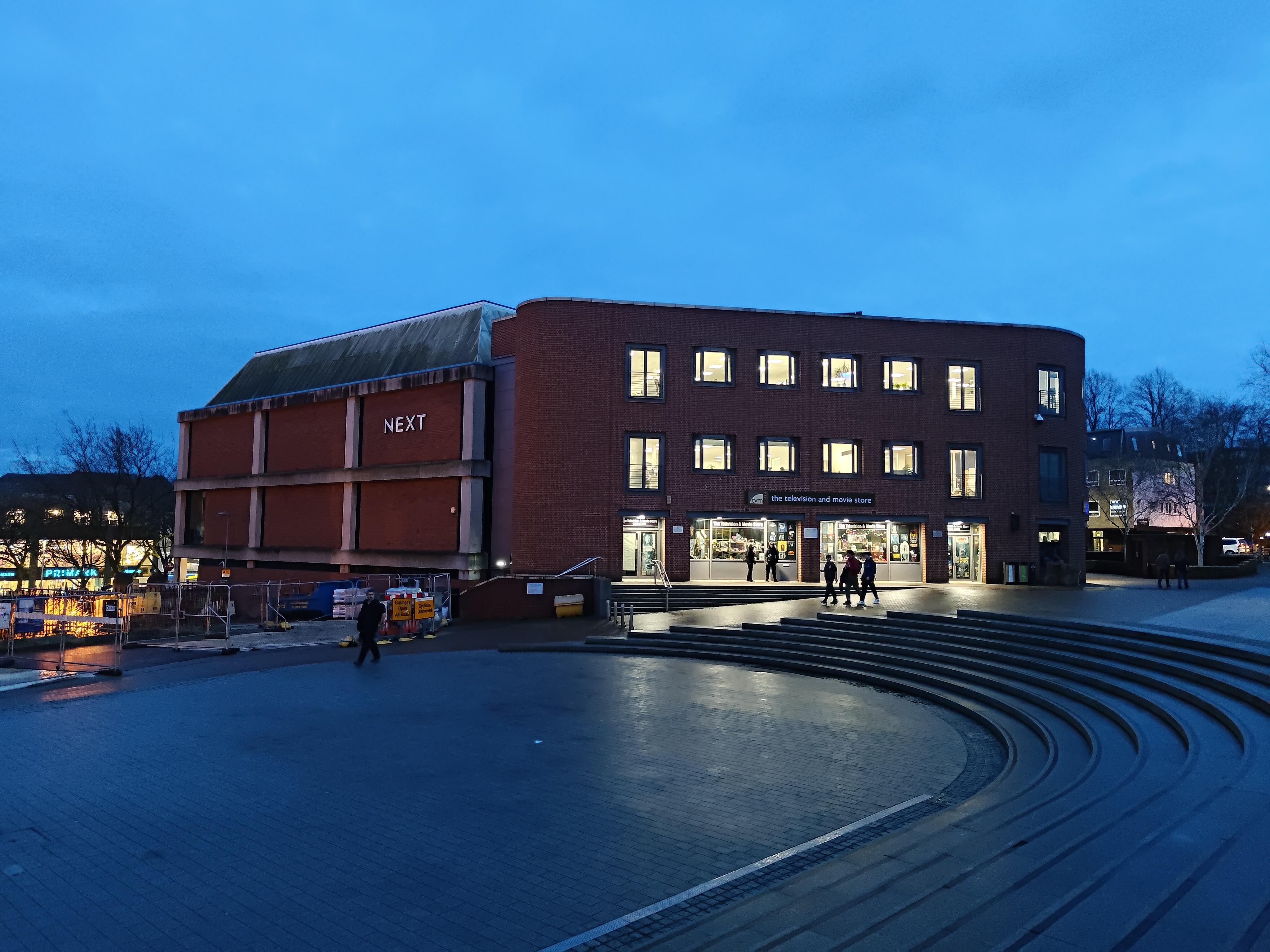

I’d usually recommend using the main lens for portrait-style images, but it’s very unreliable on the Zenfone 11 Ultra. In more than half of my test shots on a dog, it incorrectly blurred his face or body, struggling hugely with edge detection. Images look fantastic when you get it right, but it feels like pure luck.
The 50Mp telephoto is of a similar standard to the main lens and features a 3x optical zoom. Zoomed shots are very impressive, though quality declines quickly once you move into digital zoom territory. You can still make out the subject at the max 30x, but that’s about it.
Sadly, the 13Mp ultrawide is a big step down. The extra field of view is very useful in some scenarios, yet the significant drop in quality made me reluctant to use it. Colour accuracy, dynamic range and exposure are all affected, which is a real shame.
It’s a much better story on the front, where the 32Mp lens delivers solid selfies. Both the subject and background are well-exposed and in focus unless you turn on the portrait mode, which does a much better job here of separating the two via an attractive bokeh effect.
Overall, you can take some really excellent photos using the Zenfone 11 Ultra – just not consistently. And even at its best, most people will prefer the likes of the Pixel 8 Pro or Galaxy S24 Ultra for stills.
Video can be captured in up to 8K at 24fps, though I’d recommend most people leave it at the default 4K/30fps. Footage is plenty good enough for casual use, while the optical image stabilisation means it remains mostly steady when moving around.
Battery Life & Charging
- 5500mAh battery
- 65W wired charging
- 15W Qi wireless charging
The Zenfone 11 Ultra has one of the largest battery capacities of any smartphone. Its 5500mAh cell is identical to the ROG Phone 8 Pro, and battery life is just as strong.
With moderate usage and no gaming, this is very much a two-day phone. On days where I was working from home, I was getting to bedtime with around 40-50% battery left. Of course, this is without mobile data, high brightness or GPS navigation, all of which are known to deplete the battery quickly.
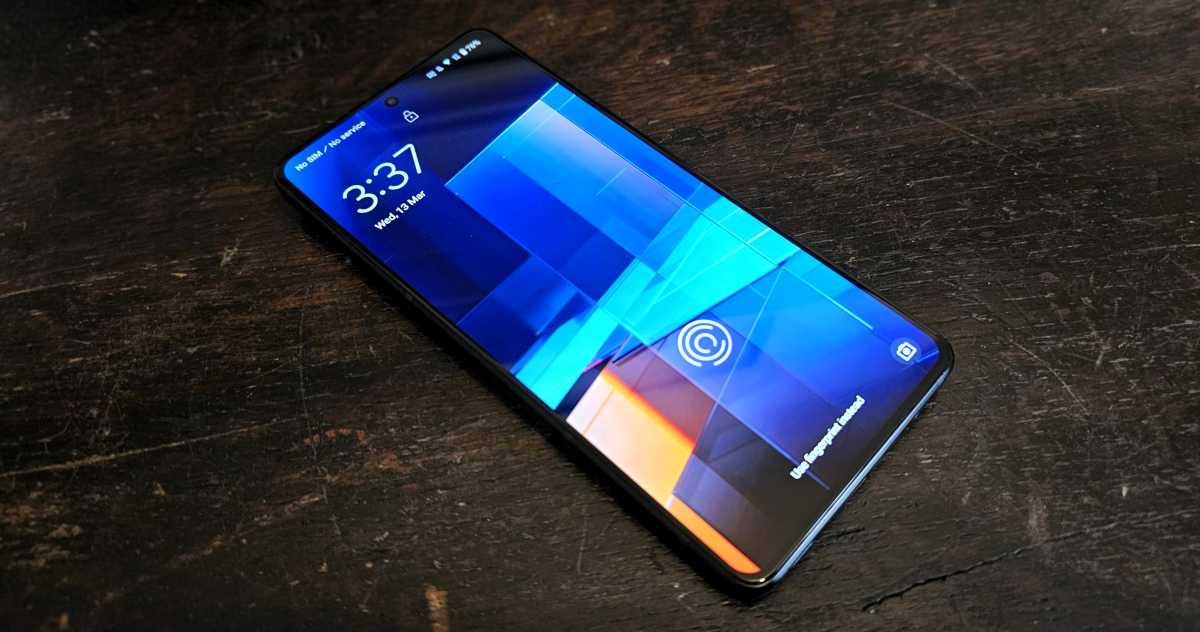
Anyron Copeman / Foundry
However, even if you have a long day out and about, or plan on doing a couple of hours of gaming, you can expect it to last until the end of the day. Battery life is undoubtedly a key strength of the Zenfone 11 Ultra.
A time of 15 hours…
